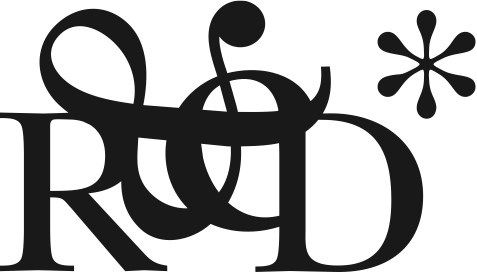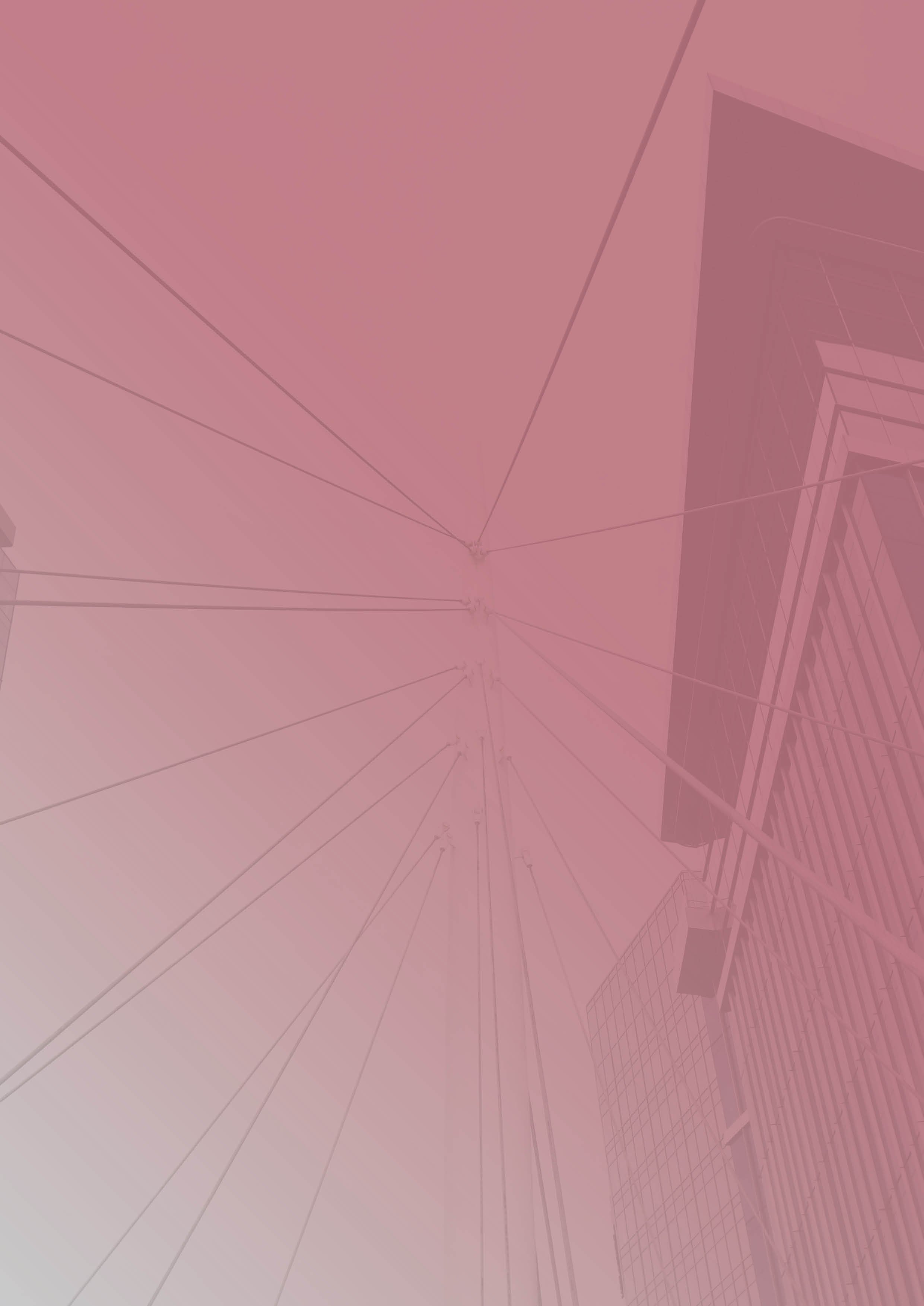Scaling the ‘special sauce’ of a culture in a global organisation
RED LEADERSHIP PERSPECTIVES
A leader’s perspective on cultivating an organic culture, encouraging two-way communication inside an organisation and why DEI initiatives must be underpinned by psychological safety.
A conversation between
Chris Cozic, Executive Vice President & Chief People Officer at Genmab, and Millie Arora, a partner at ReD Associates
about
Chris Cozic joined Genmab in 2017 and became the Executive Vice President and Chief People Officer in March 2022. Chris has extensive experience as a global human resource executive in strategic leadership, organisation design and development, human resource management, policy development, employee relations, and corporate growth and expansion. Chris has previously held leadership roles in the biopharma and telecommunications industries.
GENMAB
Founded in 1999 in Copenhagen, Denmark, Genmab are a dual-listed, international biotechnology company specialising in the creation and development of differentiated antibody therapeutics to fight against cancer and other serious diseases. Between 2021-2022, ReD collaborated with Genmab to find the ‘secret sauce’ of their internal culture and helped define their employee value proposition (“The Extra(not)Ordinary”), using methods from the social sciences.
ReD: Genmab’s secret sauce is its culture. How did this come to be and how have you been able to maintain, build and sustain this during a period of tremendous growth for the company globally?
Chris Cozic: From early in my tenure at Genmab, there was universal acknowledgement that not only the science but our culture was the secret to our success and a real differentiator. But while we were very clear on the elements of science that drove the success of the company, there was a lot less clarity around exactly what our culture was and how to be intentional about it, because it had grown organically. Genmab is really the quintessential picture of organic growth. Many joined Genmab out of university and I think this core group of people joining and building a company together at a particular stage in life created a very familial environment that allowed people to be vulnerable and challenge each other. At the same time, there was a relative lack of structure but that also meant no silos, no hierarchy. And it allowed very smart, curious people, regardless of your work discipline or your background or your title to come together and solve problems. An amazing level of innovation came out of those ways of working. Now we have taken steps to understand not only what the optimal culture looks like for our company, but we also took major steps to understand how it evolved so organically into something that we’re proud of and we think is beautiful. With understanding how we arrived at it, we’re able to try and scale culture and have it continue to be an enabler of our success, not only in the past but today and in the future.
ReD: Is there a tension there between the lack of hierarchy, the organic nature of Genmab’s growth you spoke about, and the systems that are required to scale a culture?
Chris: I think it’s a healthy tension. Intellectually we acknowledge the need for structure to now stand up a company with more than 2,000 employees and so we’re very vigilant in our intention to not just transpose large company process into Genmab. We hire very deliberately for people who are open minded, willing to challenge their past experiences and the status quo and are hesitant to just drag and drop ways of working from other companies. We’ve been so fortunate that our current culture is so rich, consistent, and authentic that people want to be a part of it. We don’t have to sell it. When people join, I feel like there’s an inherent initial cynicism: “Is this real?” “Can I be vulnerable?” “Can I let myself get on board?” “I’ve heard this stuff before.” My last company said these things and it’s not how it was.” But if we continue to demonstrate that we’re committed to the things that we say, we’re committed to culture, and people observe consistency in the behaviours of leaders and their colleagues, they get on board. We’re operating now in a reinforcing system where the culture almost manages itself as people feel so connected to it and are such good owners and stewards of the culture that there’s a lot of self-policing and self-governing.
ReD: What advice do you have for companies that are looking to create that self-reinforcing culture that you’ve created over the past five years?
Chris: First, your actions need to match your rhetoric. If we say that we value your wellbeing, we’ll take major steps like shutting the enterprise down globally all on the same day, multiple times a year, so that people have that recovery time. But also, it’s about the micro gestures, sending our employees gifts, doing things that really demonstrate that we care. To me culture lives in three areas that always need to be scrutinised and monitored. Number one is in leadership behaviours. Employees, particularly in that period of cynicism, are looking at leaders to see if they walk the talk. Is it real? The second area is language. Culture lives in language; what we say and how we say it. The third area is in the structures and institution – what you reward and the way procedures work, it’s got to match up. You can’t say you’re an innovative company, but from a performance perspective you punish well-intended mistakes. Or you can’t say you’re agile when you’ve got over bureaucratic governance; things have to match. If the leadership behaviours, the language, and the institution are aligned around the aspects of culture you want to perpetuate, you’ll be successful in scaling culture.
ReD: How do you balance the need to both build a culture through leaders, but also practice listening to the struggles and challenges employees may be having particularly as we’re coming out of a difficult time after COVID, return to work, and managing new ways of working?
Chris: Number one, we overly communicate. Staying with the theme of lack of hierarchy, part of that culture affords two-way communication. For example, our CEO eats lunch every day in the cafeteria at a table where we have a mix of employees. And the same goes for many of our leaders there. Our leadership is fully accessible, integrated in the organisation. We’re continually in listening mode. But further, we’ve also taken unique steps through a relationship with the University of Copenhagen Social Anthropology department where we embedded post-doctoral anthropological researchers in our organisation to study our culture and the ways that we work to ensure that the things that we say match what we do and that the employee perspectives are aligned. I would certainly rather know when there are challenges and issues versus turning a blind eye to it. You can have many of these mechanisms, town halls, engagement surveys but if that element of psychological safety is absent from that company, you’re never going to actually know the truth. Our top three scoring demographics in our engagement surveys are those questions around diversity and people feeling comfortable being their authentic self. Do they feel safe communicating? Are they appreciated for their differences? These are the elements that actually unlock the potential of all of these types of initiatives that we employ in order to open up communication.
ReD: On that topic of diversity, equity and inclusion, you’ve talked a lot about the access to leaders and the creation of that psychological safety. Were there particular initiatives or programmes you launched over the past five years that have really cultivated that safety, particularly for an organisation operating globally across very different distinctive cultures?
Chris: DEI, in a formal sense, is a relatively new concept in the last three years at Genmab; we picked our heads up a couple of years ago and acknowledged the reality that we were a beautifully but accidentally diverse company. Genmab has diversity front and centre from the board throughout the organisation: we have a 50:50 gender split in our board; our chair of the board is female; a deputy chair of the board is female; our executive committee has similar level of representation; our organisation at large is just over 58% female and we continue to have greater than 50% female representation at all levels in the company, including at director and above. This has been consistent prior to our formal focus in DEI and we’ve really tried to sustain that as we grow. But when we talk about this culture that everybody loves and appreciates, we have become really intentional in studying and determining the why. And some of the outcomes of that research points squarely to the power of harnessing diversity and appreciating our differences. Don’t get me wrong, it’s not to say there’s a natural compatibility of business cultures in every geography that we operate in, but what we really try to do is help people create that common ground that appreciates the why behind cultural tendencies. We’ve gone so far as to acquire an instrument that helps study personality traits relative to cultural tendencies. We’ve invested very heavily in education, developing a common position and philosophy and set of beliefs around the power of diversity, equity and inclusion in the company. But it’s also a matter of raising DEI competency in markets where the prevalence of the conversation that happens around DEI may be different. We worked really hard to bring everybody up to a common baseline so that we could then allow for that local market customisation and autonomy in order to come together as we try to reach this globally aligned ambition for diversity.
ReD: We’re on the precipice of the next big shift in how we work with the introduction and adoption of new AI tools; we’re all asking how AI may change how we work across biotech companies from the lab to data analytics and so on. I’m curious, what questions are you asking yourself to prepare your teams for the coming change?
Chris: I think anybody that says they have the answer to this question is really overestimating their ability to see into the future. To your point, we are on the precipice of something that I think is going to move more quickly so we’re operating in an incredibly inclusive manner, trying to harness not only the collective thinking of our employee base, but also keeping them engaged and giving them a voice in the way that we develop our AI strategy going forward. From a people perspective, we’ve also invested very heavily in change management models and proficiency as a corporate competency to help us manage what we expect to be an utter revolution, not only in a way that maximises the potential of technology, but allows us to manage this in a very people-centric Genmab way. We recognise that from an HR perspective almost everything will change and if we start preparing now, no matter how quickly we move, we’ll be late. The keys are going to be workforce planning, training and job design. How do we train people that once managed people to manage intelligent machines? How do we anticipate the way work will get done with technology in a way that’s never been done before? A lot of our focus is here.
Three recommendations for future leaders looking to scale culture
Consistency. Consistency in doing what you say, staying true to values. The believability factor is absolutely critical. The companies that were successful and persevered most effectively through our pandemic conditions were very consistent and authentic in their actions and communication.
Being intentional. There’s so many messages out there so being intentional about the things you do is super important.
Never losing sight of purpose. What keeps everyone together through the good times and the bad is that core sense of purpose reminding ourselves of the work that we’re doing. Reflect purpose in your decision making logic, in the goals that you set, and the ways that you communicate.



